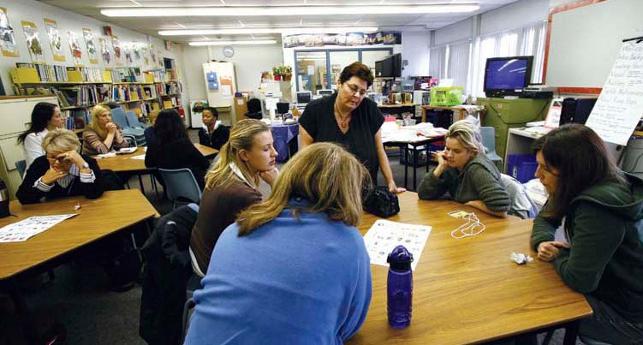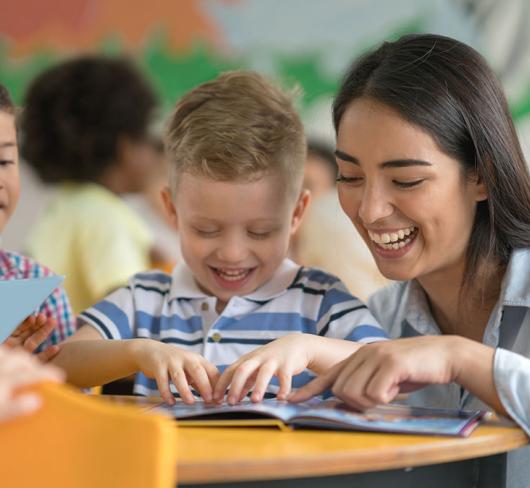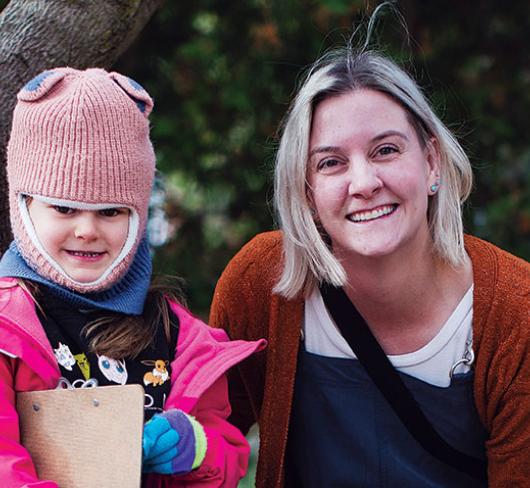
Ben's Journey: The Making of a Rising Star
Ben arrived in September with a huge grin on his face. He was ready for grade 1! Ben was articulate and knowledgeable, an engaged learner. December rolled around and Ben had acquired a few sight words. He wanted to read, was excited to read, yet had along way to go. He was reading level 4 in Alpha Kids.
Ben is a student at Hawthorn Public School in the Peel District School Board in Mississauga. Some young, eager learners like Ben need extra support to meet with success. But teachers only have so many hands and minutes to devote to each student. ISSP (in-school support) teachers have heavy loads. The process of identifying students and getting them formally tested by school psychologists can be lengthy. To assist students like Ben we needed to do something more.
Our vision was to create a program tailored to the needs of our own school and our own students. Our cozy little “country school” in the city is home to 230 students from grades K to 8. We have one teacher per grade. Our EQAO scores are strong. Our allocations are .4 ESL. and .9 ISSP.
We are a mixed community. We have some ESL students, many families have two parents, and we are generally a middle-to upper-income community. We have parents who are genuinely interested in their child’s academic success.
Ben’s learning style is similar to that of a vast number of Primary students. He does not have a learning disability, and he has not been identified by the in-school review committee (ISRC). He does not need to be labelled and tested. What he needs is a structured presentation of the tools necessary to acquire appropriate reading decoding skills. I envisioned a program that would enhance Ben’s learning curve with decoding and comprehension skills. This would not be a remedial program. It would provide him and other students with structured reading practice guided by mentors. Determining which students would benefit from the extra practice would be done informally by the classroom and the ISSP teacher.
We decided on the name “Rising Stars” and sought out members of the community to get involved in this undertaking. There is not a huge group of volunteers to draw from at Hawthorn Public School. Other than class trips, we have nine permanent volunteers who assist in classrooms once a week. We sought out mentors by sending home brochures and newsletters, making announcements in assemblies, and just spreading the word. Parents, grandparents, and older siblings in college responded. We asked mentors to donate one morning per week to work individually with students – four students per visit. Our goal was to have 10 permanent mentors and one “supply.”
It took three months to find, purchase, and catalogue materials, recruit volunteers, and have them attend a half-day workshop. It was fortunate that, during my investigative phase, Scholastic was introducing a new program, Literacy Place Level 1. We received funding ($2500) from our supportive and generous parent council to buy this resource.
The most important aspect of the mentor workshop was teaching volunteers how to teach reading. I was determined that our mentors have all the tools necessary to enhance and enrich all students’ reading skills. Some students arrive at school with a strong visual, sequential memory allowing them to acquire vocabulary easily by sight. They see letters in a particular order, remember them, and can read the word consistently without needing to learn letter sounds. Many students do not come to school with these innate skills. They must be taught skill by skill.
We showed mentors a variety of decoding strategies. Students first need to recognize letter names, then letter sounds, and then the blends. They need to differentiate between b, d, and p. Tactile exercises are frequently successful in helping children acquire these spatial skills. We showed mentors how to have students trace a letter on a wire screen while sounding out the word. They also learned how to use Plasticene for a similar exercise. In my experience, this kind of multisensory approach really works.
Mentors also took part in auditory blending exercises and learned a variety of chants: Jean Malloch’s Chime In tapes and David Booth’s Crackers and Crumbs were helpful resources. Mentors emphasized one decoding strategy each week. That strategy was announced over the school’s PA system, reinforcing it for teachers and students.
We showed mentors individual student binders, and how to use reading logs and tracking sheets for books. The pace was relaxed: students spent a minimum of three days with each book. In addition to Literacy Place we also had Alpha Kids books available for additional practice.
Students in the program met with a mentor every day. To ensure they didn’t always miss the same classroom period, we set up a rotating schedule that gave them a different time with the mentor each day. They worked at stations that we set up in the hallway. On the walls of the workstations we posted copies of initial consonants and blends, and of what the mentors were to do and say.
How successful was the Rising Stars program? Of the 10 students participating between March and June, four required no further intervention at the end of the term. My endearing student Ben went from a C to an A- in reading! He is now a confident and enthusiastic reader.
Our program requires time, energy, and organization. One teacher needs to be available to answer mentors’ questions and orchestrate the program. Classroom teachers need to read their students’ binders frequently and fill in comments to the mentors.
Rising Stars works! Just ask Ben. He is now in grade 2 and continues to be a successful, voracious reader.

